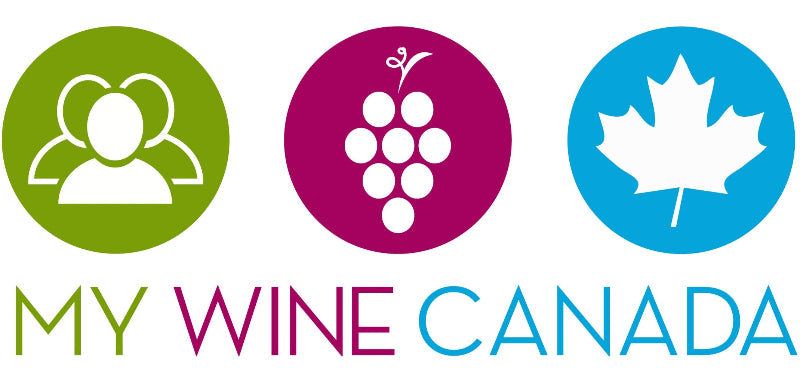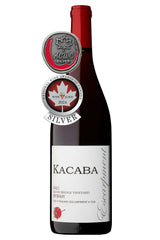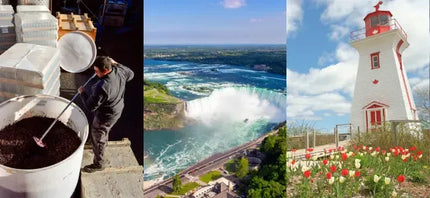Half of the My Wine Canada editorial team are across the pond! Michelle Bouffard and I are in France’s Rhône Valley this week for Découvertes en Vallée du Rhône, an industry show chock-full of master classes on sub-appellations, food pairings and small day trips to the area’s many vineyards. While there are an array of varieties the region is known for, from Viognier and Marsanne to Grenache and Carignan, the first grape that comes to mind for me in the region is one of my favourites, Syrah (also known as Shiraz in other parts of the world).
Over time there have been many theories on where the grape originated, parts of the Middle East were often batted around, as well as other countries in Europe. Much of the guesswork has been taken off the table due to our ability to do DNA testing nowadays, which in turn opened the history books wide. We now know Syrah’s parentage, Dureza, black-skinned, hearty and all-but-obscure today (though Montpellier in particular is pushing to preserve the few vines of it they have), and Mondeuse Blanche, a white variety with a smattering of plantings in Savoy. The genesis of Syrah has been pin-pointed to the Northern Rhône where it thrives today, but we’ve yet to find out when the cross-pollination occurred or the circumstances that surrounded it, though it’s plausible we could be talking over 1900 years back.
In recent history, it was the Syrahs from Hermitage in the Northern Rhône that were more famous, and there was a period in the 1700’s and 1800’s when Syrah was known to be blended in with Cabernet Sauvignon and Merlot in the wines of Bordeaux, until appellation law began to rule the land.
Syrahs offer a wide variety of characteristics; aromas can include violets, lilacs, fresh-ground pepper, stewed berries, wet earth, truffle, leather, wild mushroom, smoked meat or even funky barnyard notes. Most of those notes can continue on the palate, where in warmer years and hotter climates (like contemporary Shiraz out of Australia), one could also note jammy dark fruit like blackberry and blueberry being a little more generous with an additional dash or two of pepper. They can be earthy and on the lighter side of medium-weight in cool climates, and downright boozy, heavy and sweet-ish where it’s hot. Add a little oak treatment (which is often done) and you can see a layer of vanilla, dark chocolate and a good helping of baking spices.
In the Côte-Rôtie, a sub-region of the Rhône, the grape is often co-fermented with a small touch of Viognier, the opulent white grape fleshing out Syrah’s intensity and adding a little extra floral or stone fruit character. There are many in the New World adopting the ‘Côte-Rôtie’ style; it’s not uncommon to see a ‘Shiraz-Viognier’ blend front and centre on an Aussie wine label, and you do see the style from American and Canadian wineries as well.
Here in Canada, it does get called both Syrah and Shiraz, and while there are no regulations that govern which term to use, I generally find those using ‘Syrah’ are making it in that earthy, cool-climate Old World Style. Where those dubbing their wine ‘Shiraz’ are producing something a little more fruit-forward and showy.
Two recently-tasted Syrahs that rocked my world that you can get here at My Wine Canada include B.C.’s Le Vieux Pin 2011 Syrah, which seems to bridge Old World and New World in style, and Ontario’s more berry-driven Creekside Estate Winery 2013 Syrah, which is an outright bargain at $15.95. Wanting to give an Old World take a try? Classic houses to look for from the Rhône include Guigal, Chapoutier and Famille Perrin. Whichever cork you pull, start grilling that steak and heap some sautéed mushrooms on top for good measure.







